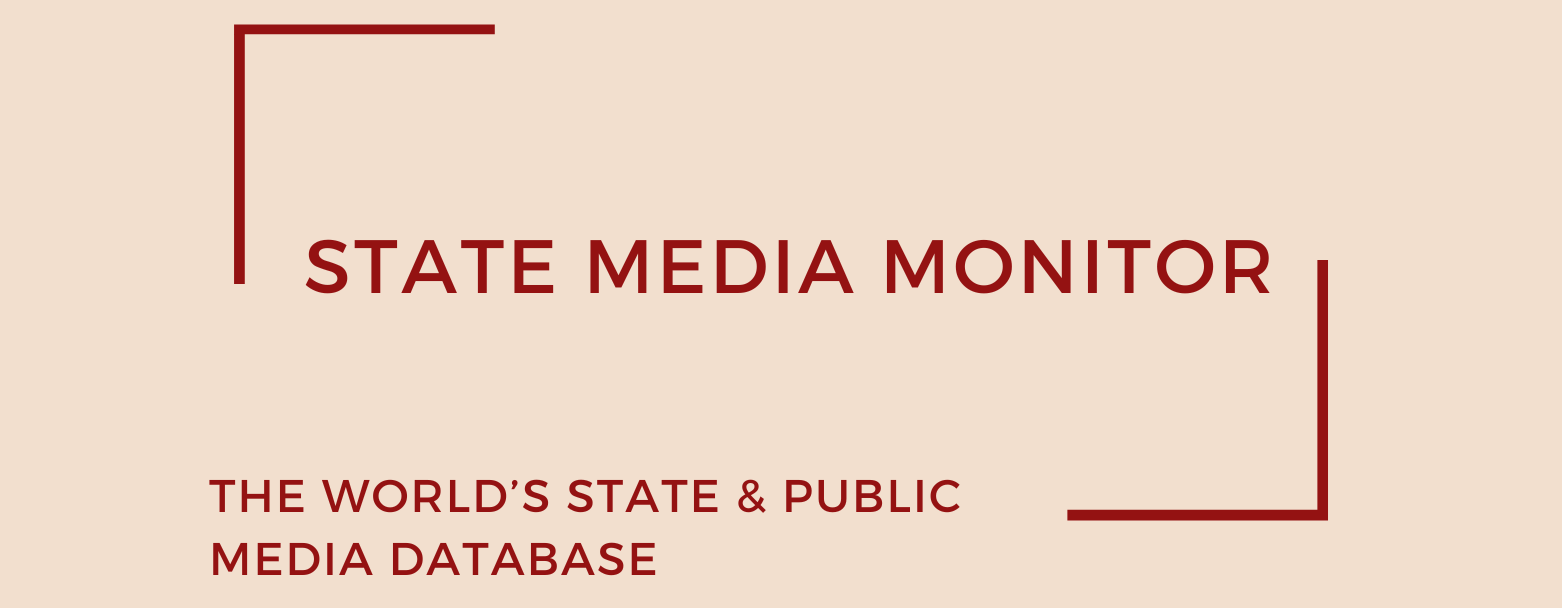State and public media in Europe in Latin America and the Caribbean in 2022
The state control model is dominant across Latin America and the Caribbean, with almost three quarters of the 64 state media companies operating in the region falling into this category. The nations with the highest levels of state control in the region are Cuba, Venezuela and Nicaragua where the government exerts influence over most of the media outlets operating in the country.
Compared to other parts of the world, the Latin America and the Caribbean region has more independent state media entities, including PBC Jamaica, Canal Once, IMER and Canal 22 in Mexico, SINART in Costa Rica, RTA in Argentina and Televisión y Radio de la Universidad Nacional de Colombia.
Specific for Latin America is the presence of a university media sector (consisting of broadcasters financed from the state budget but run independently by universities such as UCR in Costa Rica, Universidad de San Carlos de Guatemala, UTV in Honduras and TV Radio Unam in Mexico), and of an indigenous population-focused media sector (where some of the outlets are financed by the state such as Canal 5 TV Maya in Guatemala, Sistema de Radiodifusoras Culturales Indígenas (SRCI) in Mexico and Sistema Nacional de Radios de los Pueblos Originarios in Bolivia).
There were no changes in our sample of Latin American and Caribbean state media or typologies since the 2021 version of this study.
Citation (cite the article/profile as part of):
Dragomir, M. (2025). State Media Monitor Global Dataset 2025.
Media and Journalism Research Center (MJRC).
Zenodo.
https://doi.org/10.5281/zenodo.17219015
This article/profile is part of the State Media Monitor Global Dataset 2025, a continuously updated dataset published by the Media and Journalism Research Center (MJRC).
